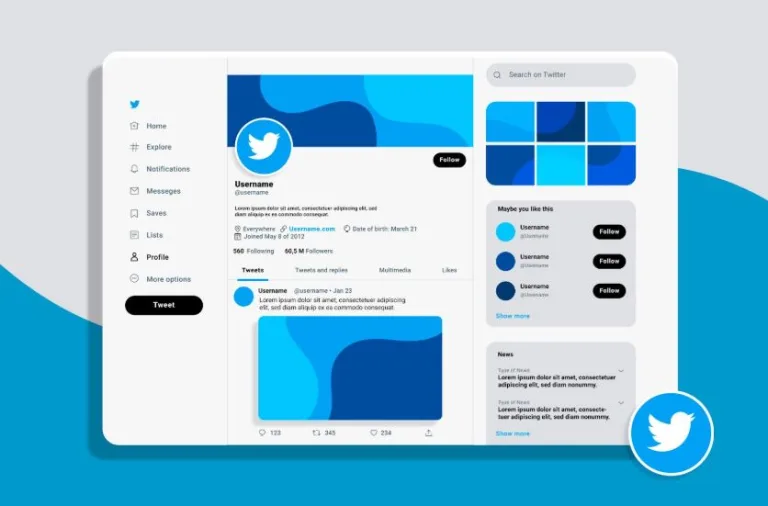AI Companions: How Digital Relationships Are Becoming Emotionally Real
Artificial intelligence has quietly entered a new chapter — not just helping people search, shop, or automate tasks, but offering something far more personal: companionship. AI companions, or emotionally intelligent digital personas, are becoming more common in daily life. Whether through chat-based relationships, visual customization, or creative roleplay, people are using AI to feel more connected. Some platforms even offer personalized visuals generated by tools like an nsfw generator, allowing users to shape their companions not just in words, but in appearance.
The idea may have sounded strange a few years ago — chatting with a bot for emotional support or entertainment? But today, millions are doing it. Not for fantasy. Not for replacement. But for something surprisingly ordinary: someone to talk to when it’s needed most.
From Curiosity to Comfort
AI companions have grown from novelty to everyday tool. Earlier models felt robotic, with rigid scripts and flat personalities. Now, large language models and adaptive learning allow AI to respond with nuance, memory, even humor. Some conversations are light and playful. Others are deep, reflective, and sometimes surprisingly moving.
A 2024 global survey from the Digital Wellness Institute found that 42% of users aged 18–35 had engaged with an AI companion at least once. Of those, 61% said the interaction made them feel less alone, and 31% said it helped them through a difficult period. For many, it wasn’t about technology — it was about having a consistent, low-pressure presence that listened without interrupting or judging.
Why It’s Catching On
Digital companionship offers something modern life often struggles to provide: emotional consistency. Real-life relationships are wonderful, but they’re also unpredictable. People get busy. Plans fall through. Conversations drift off mid-thread.
AI companions, on the other hand, offer:
● Predictability. They don’t forget the context. They don’t flake. They’re always there.
● Personalization. Everything from tone to backstory can be customized.
● No pressure. No awkward silences. No worrying about “sounding weird.”
● Emotional safety. It’s okay to overthink, ramble, vent, or be silly.
According to a 2023 usage report by AppRadar, AI chat companion apps saw a 290% increase in downloads globally between 2021 and 2023. Interestingly, the report noted that female users made up 38% of that growth, reflecting a shift away from early assumptions that only male users would seek out digital interaction.
Who’s Using Them?
The stereotype — lonely teenager in a basement — is outdated. In reality, users span a wide range of ages and life situations.
● Single professionals check in with AI companions during lunch breaks or after stressful days.
● Parents use late-night chats as an emotional outlet when life feels chaotic.
● Older adults appreciate the quiet companionship of an AI that remembers their stories.
● Introverts and neurodivergent individuals often find AI interactions less draining than human ones.
One 2024 user behavior study from EmotionTech found that users aged 36–55 were the fastest-growing segment in the AI companion space. Many in that group cited “emotional support” and “nonjudgmental space” as key reasons for using such tools.
More Than Text: The Rise of Visual Customization
Beyond conversation, visual personalization is adding a new layer of connection. Some platforms allow users to generate images of their companions, from fully clothed portraits to creative, stylized character designs. These aren’t just avatars — they’re representations of connection.
Using AI-generated visuals helps users express aspects of identity, creativity, and storytelling. Platforms offering an nsfw generator often include flexible options, allowing adults to tailor visual output as part of a broader emotional or narrative experience. While some use visuals to build fantasy, others simply enjoy seeing the “face” of someone — even a digital someone — who feels familiar.
The key? Customization empowers users to shape their experience in a way that feels real to them.






